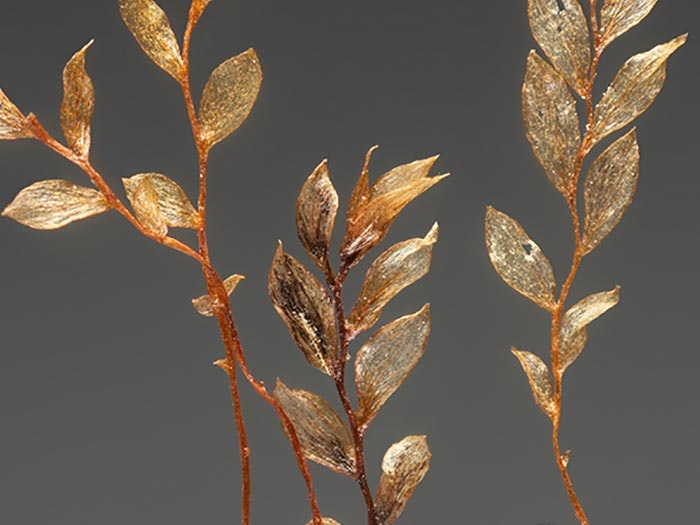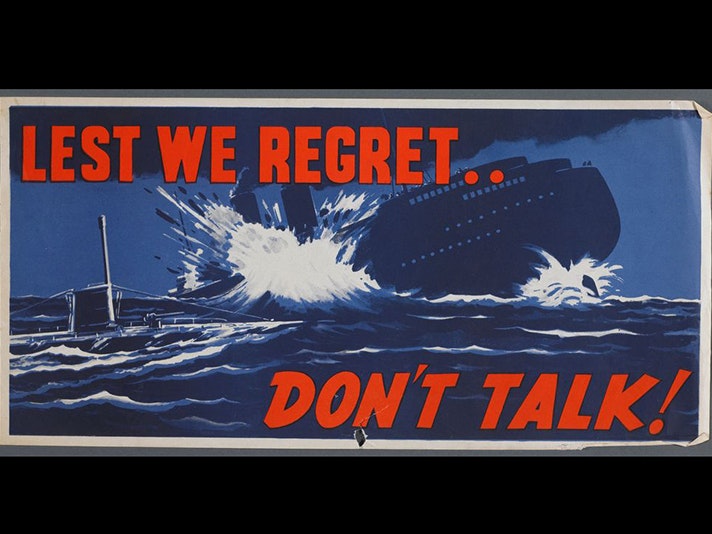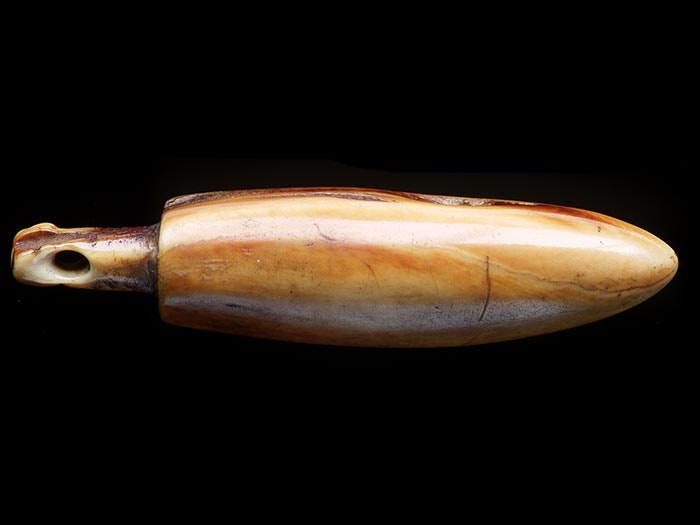
Tuhinga 19, 2008
EAN: 11734337
Māori names for marine mammals: ngā ingoa o ‘ngā tamariki o Tinirau’
Display folk: Second World War posters at the Museum of New Zealand Te Papa Tongarewa
Identification of New Zealand’s terrestrial amphipods (Crustacea: Amphipoda: Talitridae)
Catalogue of type specimens of birds in the Museum of New Zealand Te Papa Tongarewa
Māori names for marine mammals: ngā ingoa o ‘ngā tamariki o Tinirau’
Rhys Richards
ABSTRACT: The first Polynesians to reach New Zealand found several species of sea mammals that do not occur, or occur only rarely, elsewhere in Polynesia. Some of the names that Māori established marine mammals, and for some other animals and plants, varied from place to place. Today, there remain more names than animals, and many names are not very specific. This paper records the range of Māori names applied to marine mammals, and notes that, with the trend towards consistent standardisation of Māori throughout New Zealand, many names could be lost.
Māori names for marine mammals: ngā ingoa o ‘ngā tamariki o Tinirau’ (369.99 KB)
Display folk: Second World War posters at the Museum of New Zealand Te Papa Tongarewa
Stephanie Gibson
ABSTRACT: This paper examines a significant collection of Second World War posters held by the Museum of New Zealand Te Papa Tongarewa (Te Papa).The collection was amassed, distributed and displayed by Wellington manufacturing businessman Cecil Herbert Andrews as part of his war effort, and later donated to the Dominion Museum in 1967. The paper examines his business archive to deduce his motivations, and these are set within the wider context of the distribution and display of war posters throughout New Zealand by government agencies, particularly the Director of Publicity (J.T. Paul), the National War Savings Office and the New Zealand Railways Department. The New Zealand-made posters in the collection provide illuminating glimpses into the government’s priorities during the war – particularly the posters created for fund-raising campaigns.
Display folk: Second World War posters at the Museum of New Zealand Te Papa Tongarewa (1.23 MB)
Identification of New Zealand’s terrestrial amphipods (Crustacea: Amphipoda: Talitridae)
Graham Fenwick and Richard Webber
ABSTRACT: A checklist and an illustrated key to the identification of the 28 described species and species groups of terrestrial amphipods (Crustacea: Amphipoda: Talitridae) of New Zealand are provided. Twenty-five species are endemic, belonging to six endemic genera (Kanikania, Makawe, Parorchestia, Puhuruhuru, Tara and Waematau). A brief history of New Zealand terrestrial amphipod taxonomy and an overview of the group’s diversity are presented. Identification methods and terminology are defined, with terrestrial amphipod morphology described and illustrated. The key is intended as a stand-alone identification guide, and is designed to enable identification of individuals of either sex in the absence of specimens of the opposite sex.
Identification of New Zealand’s terrestrial amphipods (Crustacea: Amphipoda: Talitridae) (1.14 MB)
A revision of the New Zealand landsnails referred to Allodiscus Pilsbry, 1892 and Pseudallodiscus Climo, 1971, with the introduction of three new genera (Mollusca: Gastropoda: Charopidae)
Bruce A. Marshall and Gary M. Barker
ABSTRACT: The New Zealand species referred to Allodiscus Pilsbry, 1892 during the last 60 years are evaluated. A total of 60 species are recognised, of which 37 are described as new. The taxa are described, they are illustrated by colour photographs and scanning electron microscope images, their distributions are described and mapped, and their biology and conservation are briefly discussed. Pseudallodiscus tataensis Climo, 1971 is referred to Allodiscus [s. lat.].Three new genera are introduced: Granallodisus (for Helix granum L. Pfeiffer, 1857 and two new species), Costallodiscus (for three new species) and Canallodiscus (for Allodiscus fectoloides Dell, 1955, Phelussa elliottae Gardner, 1968 and a new species). Hirsutodiscus Climo, 1971 is elevated to generic status. Lectotypes are designated for Helix dimorpha Reeve, 1852, Pitys cryptobidens Suter, 1891, Helix venulata L. Pfeiffer, 1857, Nanina tullia Gray, 1850 and Psyra godeti Suter, 1891. Neotypes are designated for Helix granum L. Pfeiffer, 1857 and Charopa miranda Hutton, 1883.
A revision of the New Zealand landsnails referred to Allodiscus Pilsbry, 1892 and Pseudallodiscus Climo, 1971, with the introduction of three new genera (Mollusca: Gastropoda: Charopidae) (3.69 MB)
Cetaceans and citations: a survey of the English literature on the role of cetaceans in South Pacific island cultures
Graeme Whimp
ABSTRACT: Prepared to support the development of the Museum of New Zealand Te Papa Tongarewa exhibition Whales –Tohorā’, this review surveys material published in English on the practices, knowledge and beliefs of South Pacific people in relation to whales, dolphins and porpoises. It does so under the categories of deity and veneration, origins and classification, power, status and adornment, alliance and protection, enmity and threat, and capture and consumption. The cited material covers Kiribati, coastal Papua, the Solomon Islands, Vanuatu, Fiji, Tonga, Samoa, Tokelau, Tuvalu, Niue, the Cook Islands, the Society Islands and Rapanui. Itself recording the observations of an outsider, this article identifies the material mostly as reflections of similarly external examination rather than necessarily accurate descriptions. The review concludes with a brief consideration of possibilities for further research.
Cetaceans and citations: a survey of the English literature on the role of cetaceans in South Pacific island cultures (929.56 KB)
Catalogue of type specimens of birds in the Museum of New Zealand Te Papa Tongarewa
Alan J.D. Tennyson and J.A. (Sandy) Bartle
ABSTRACT: Type specimens of birds, including fossils, were deposited in the collections of the Museum of New Zealand Te Papa Tongarewa (Te Papa) and its predecessor organisations from 1871 onwards. These are listed here for the first time. We have identified 69 primary type specimens, which are name-bearing specimens for 61 taxa, and 446 registered lots of secondary type specimens in the collections. In total, 73 names are based on these specimens. More than half of these names are now junior synonyms. The primary types of at least nine taxa, notably eight species named by Walter Buller, are missing. The remaining type
specimens are now all labelled and conserved in line with the recommendations of the International Commission for Zoological Nomenclature. Loss of types from the collection before 1914 reflected inadequate government funding of the national collections during the first 50 years of the museum’s existence.
Catalogue of type specimens of birds in the Museum of New Zealand Te Papa Tongarewa (409.26 KB)
You might also like


Second World War posters
War posters were flashes of intense colour in towns and cities throughout New Zealand during the Second World War (1939-45).
